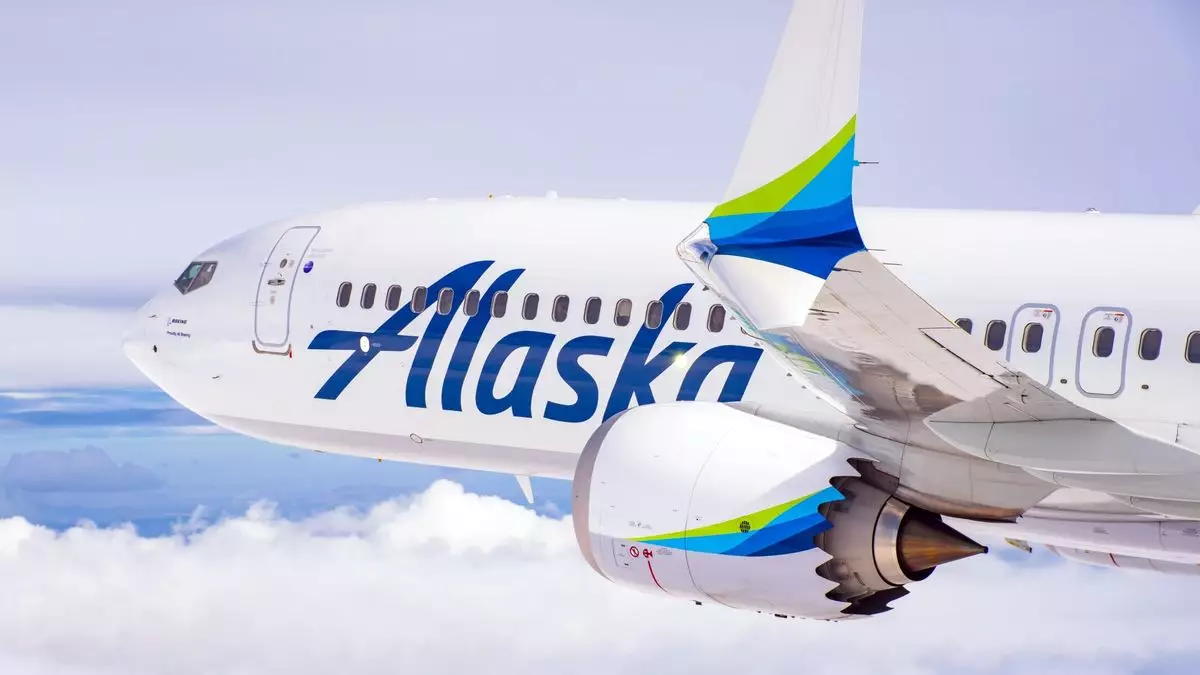Starting in 2025, Alaska Airlines will unveil a transformed Mileage Plan program designed to enhance member experience as they progress through various elite status levels. This revamped structure aims not only to reward frequent flyers with traditional benefits like bonus miles and access to exclusive lounges but also to incentivize them with innovative offerings that hinge on milestones achieved between status tiers. Such milestones are set at 30,000; 55,000; 85,000; 150,000; 200,000; and 250,000 Elite Qualifying Miles (EQMs), reflecting a clear intention from Alaska Airlines to encourage its most loyal customers to fly even more.
Alaska Airlines is making significant shifts in how members can accumulate EQMs, diversifying the avenues through which miles can be earned. Unlike many U.S. competitors that base mileage on ticket prices, Alaska awards miles based on the distance traveled. Members will also receive mileage bonuses for choosing premium seats. The exclusive opportunity to earn EQMs through Alaska’s co-branded credit cards remains. Notably, passengers can also accrue EQMs for flights on partner airlines booked with miles—a feature that underscores Alaska’s commitment to giving its members greater flexibility and rewards for their loyalty.
This overhaul positions Alaska Airlines uniquely in an increasingly competitive loyalty sector. The adoption of milestone perks mirrors similar enhancements made by other airlines such as JetBlue and American Airlines, suggesting a broader trend toward providing members with tangible rewards that recognize incremental achievements, rather than only focusing on final accomplishments. This strategic move not only aims to retain existing customers but also entices new ones to join the Mileage Plan program.
Industry analyst Matthew Klint notes a mixture of outcomes resulting from these revisions. While some members may face reductions in EQMs for partner bookings made outside of Alaska’s direct channels—an aspect that could diminish benefits for certain loyal customers—Klint perceives the changes as predominantly advantageous. His assessment highlights a crucial point about loyalty programs: the balancing act between offering diverse rewards and maintaining consistency in benefit accessibility.
The anticipated launch of a new shared loyalty program with Hawaiian Airlines adds another layer of complexity and excitement for Mileage Plan members. By creating an integrated program, Alaska Airlines not only amplifies its network reach but also introduces more opportunities for members to earn and redeem miles across multiple platforms. This gumption to innovate is commendable and could very well set a new standard in the airline industry.
In sum, the alterations to the Alaska Airlines Mileage Plan represent not just revisions of existing benefits but a comprehensive shift towards a more rewarding and flexible loyalty program that caters to the varied needs of modern travelers. The focus on milestones and diverse earning opportunities illustrates Alaska’s commitment to remaining competitive while enhancing engagement with its most dedicated customers.


Leave a Reply